CCHS Glaciers Brown
1/47
There's no tags or description
Looks like no tags are added yet.
Name | Mastery | Learn | Test | Matching | Spaced |
|---|
No study sessions yet.
48 Terms
Alpine / Valley Glacier
A glacier confined to a valley
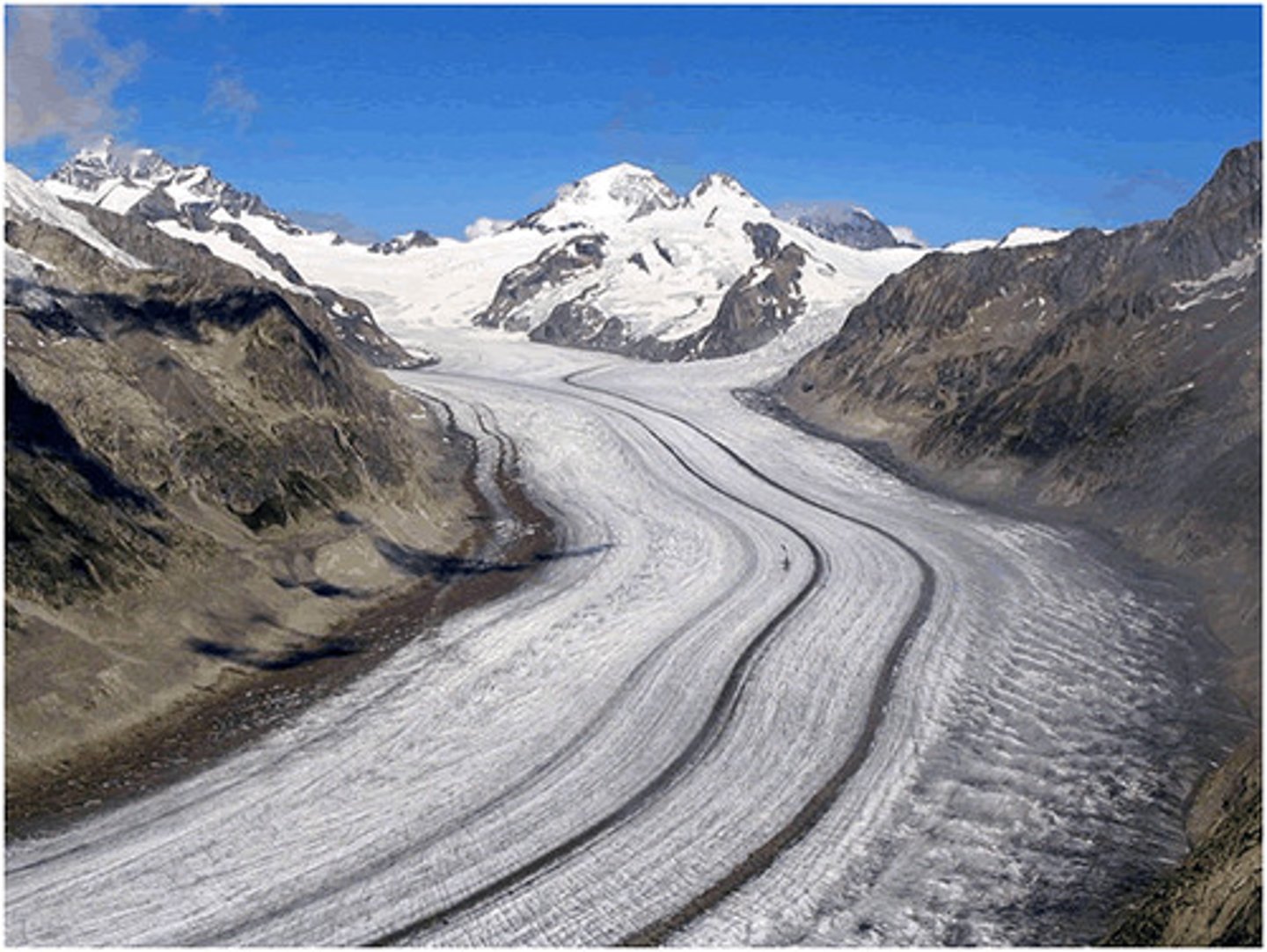
Arete
ridge created by two cirques
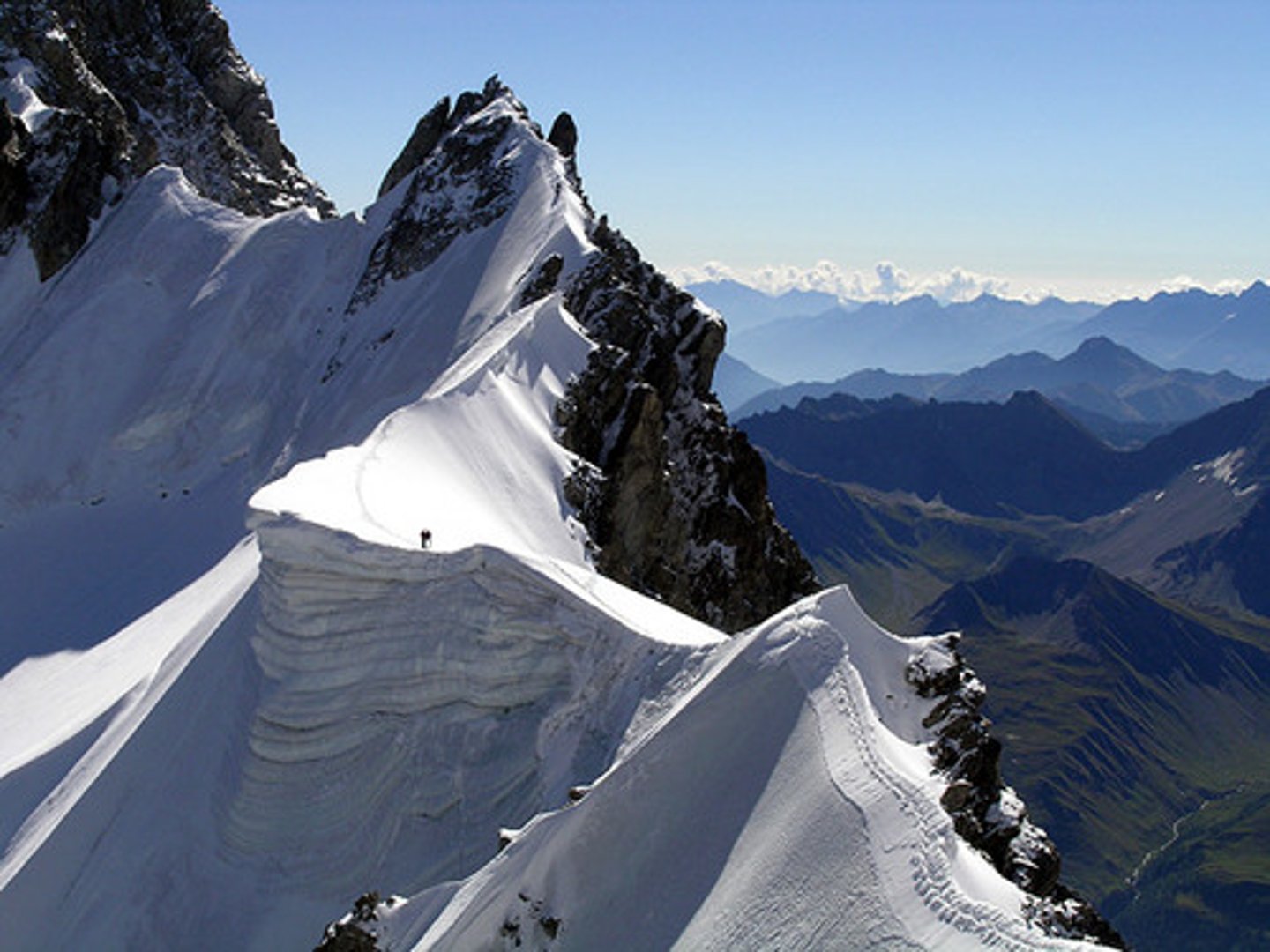
Calving
process of glacial ice breaking off into a body of water
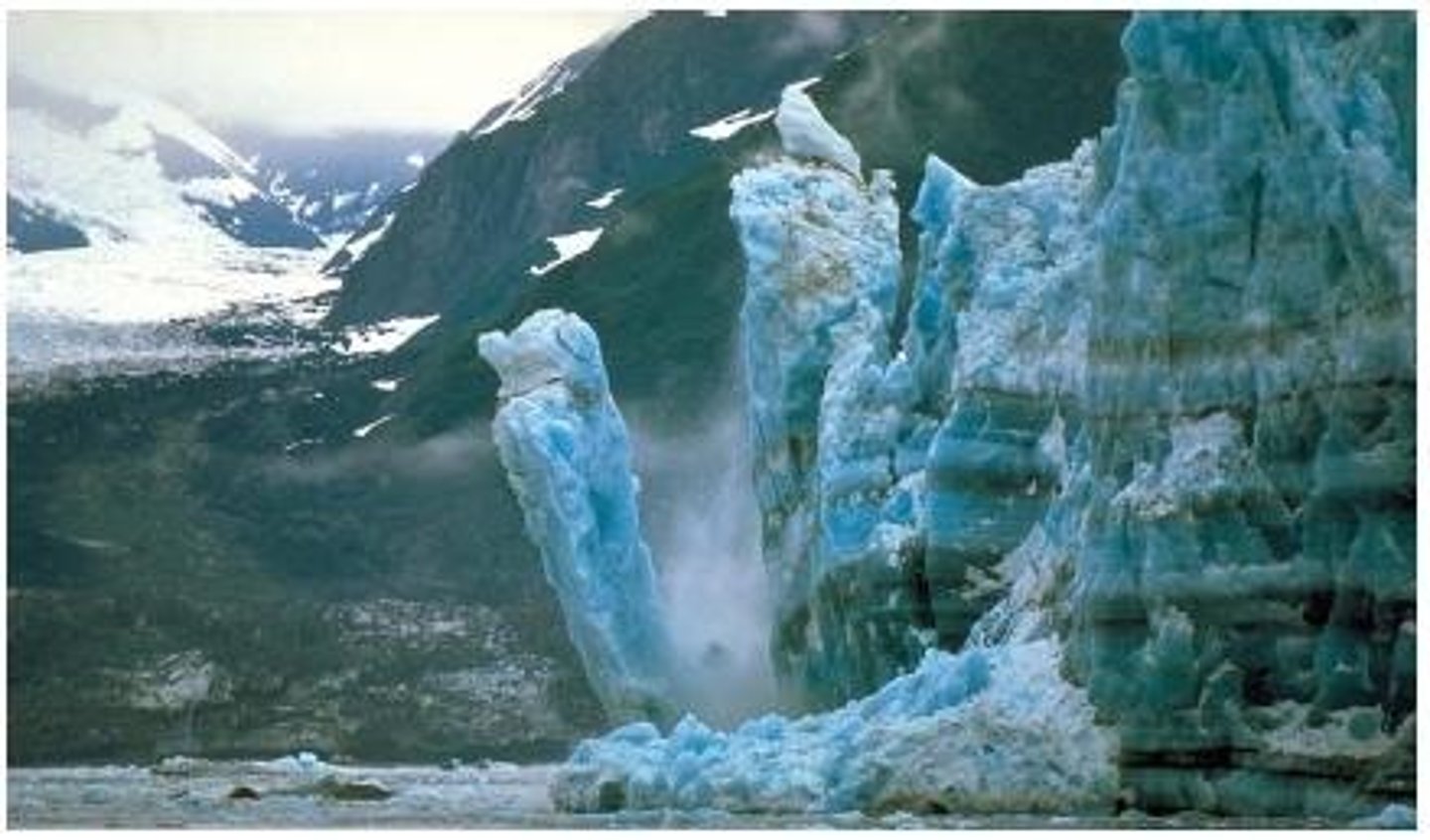
Cirque
steep sided, half bowl shaped recess at the head of the glacier
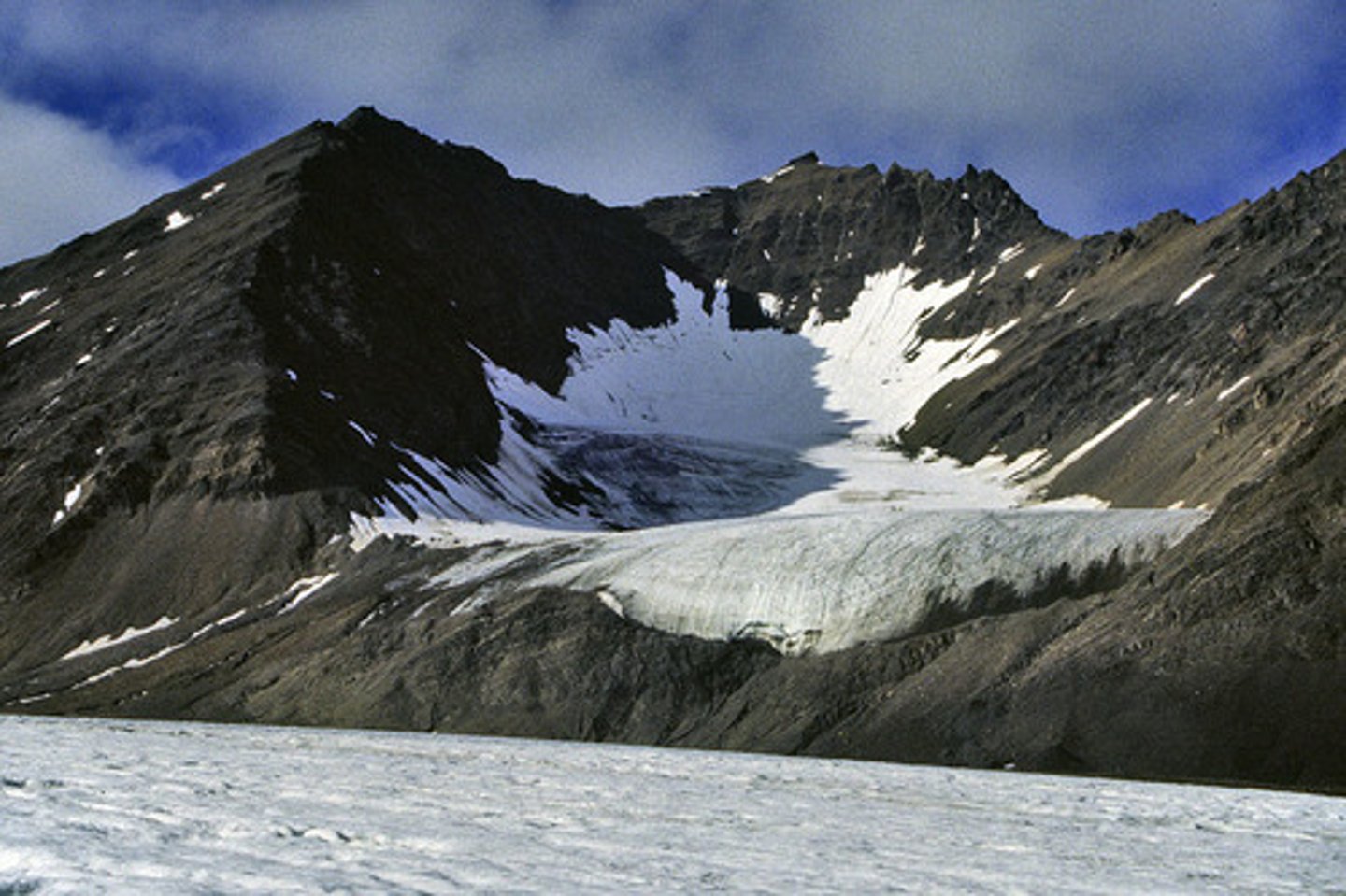
Col
A saddle shaped arete
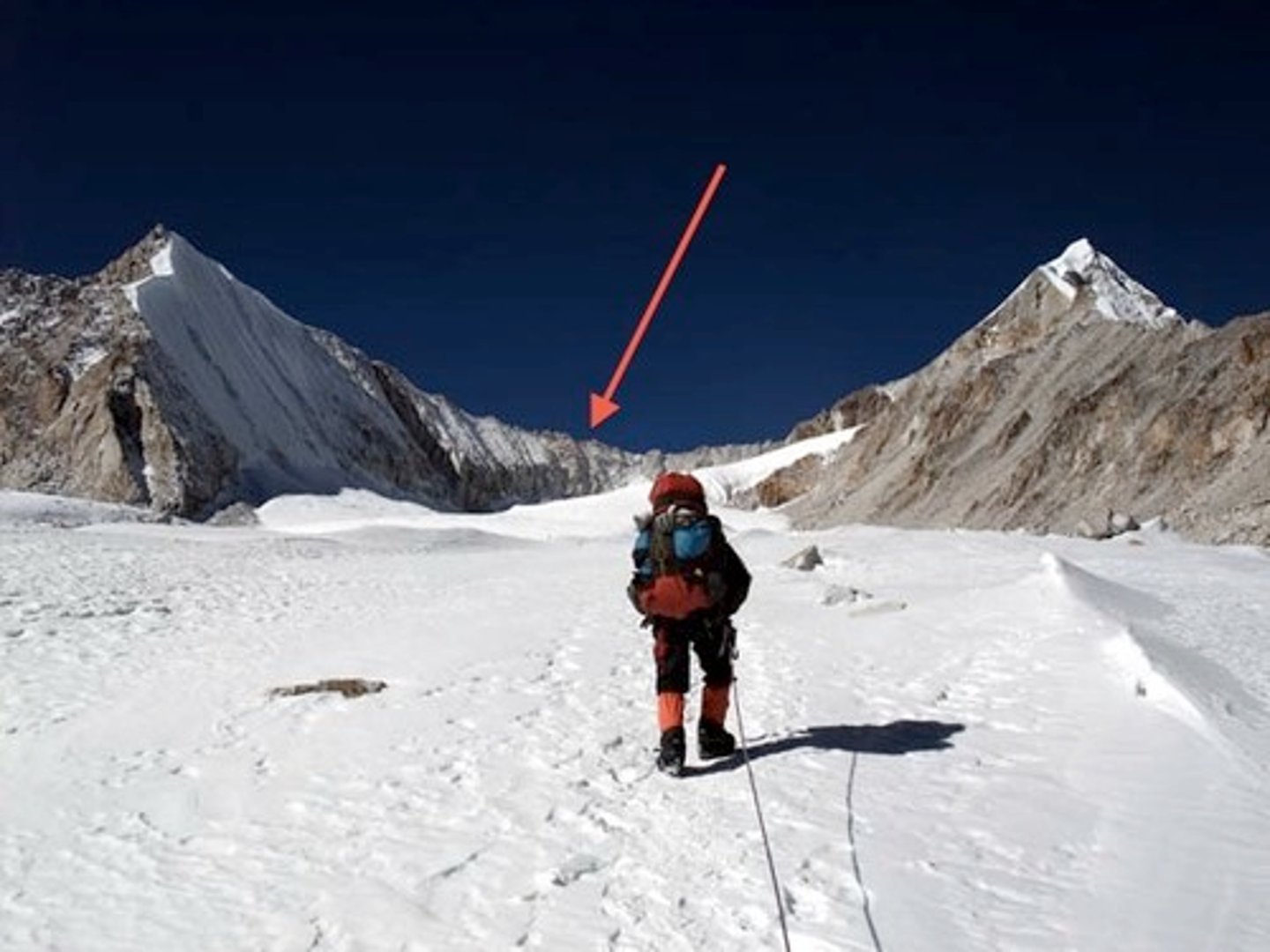
Crevasse
A crack in a glacier created by uneven movement
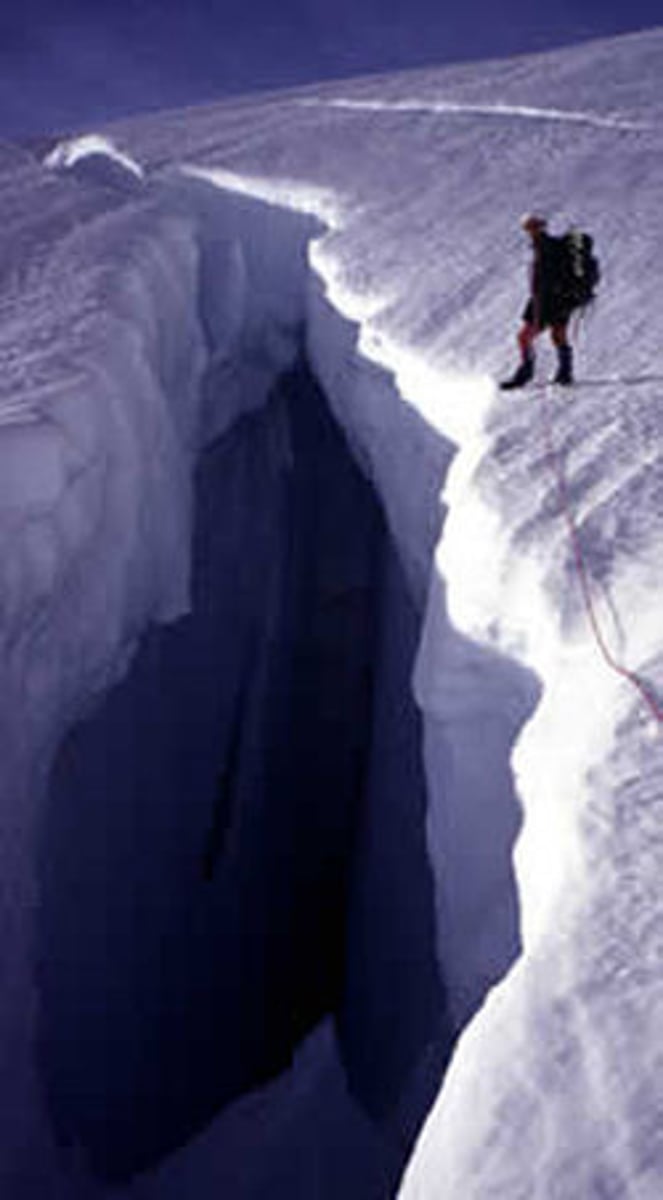
Drumlin
a long ramp shaped mound of till that is smoothed in the direction of the glacier's flow
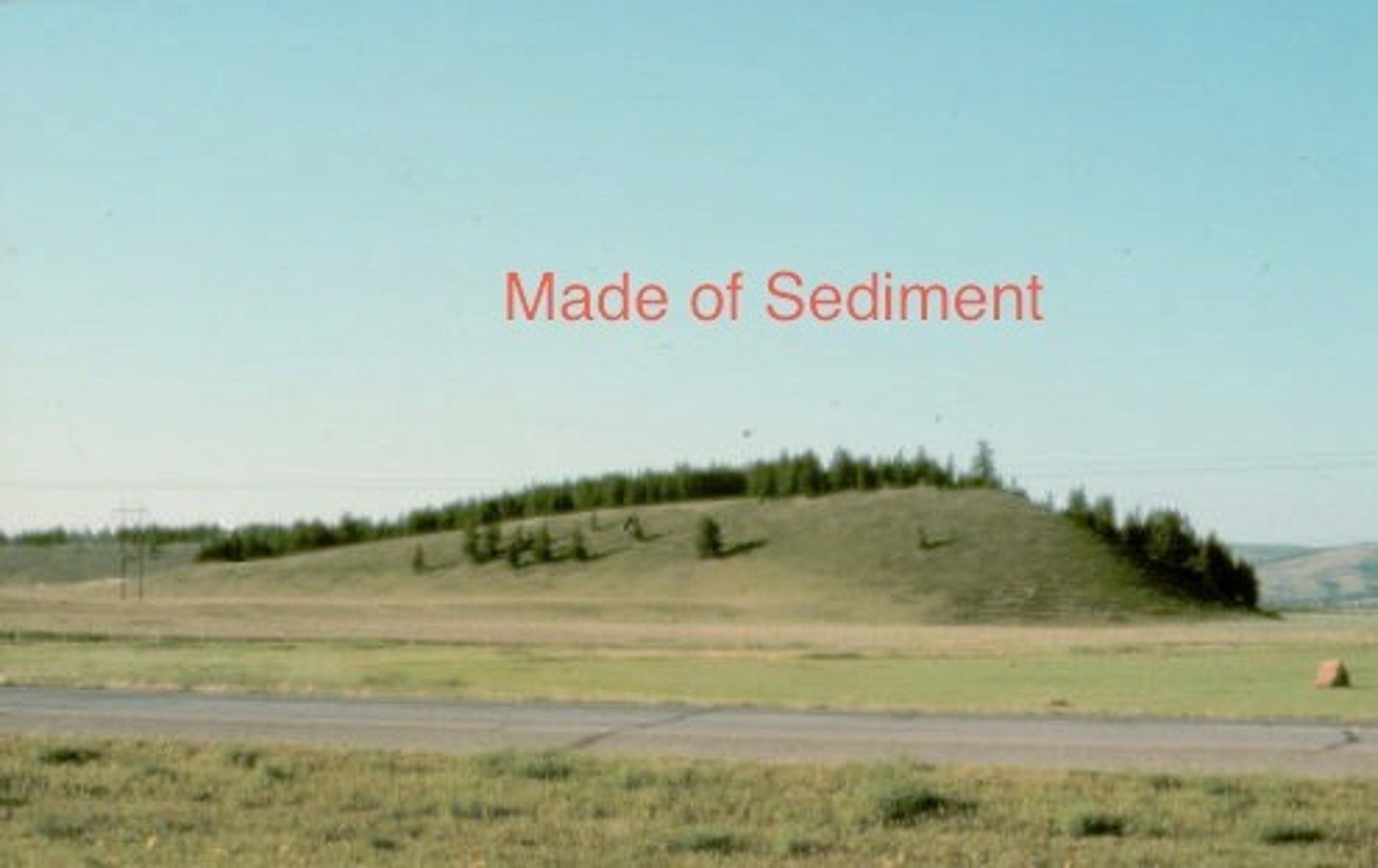
Erratic
a large boulder moved and dropped by a glacier
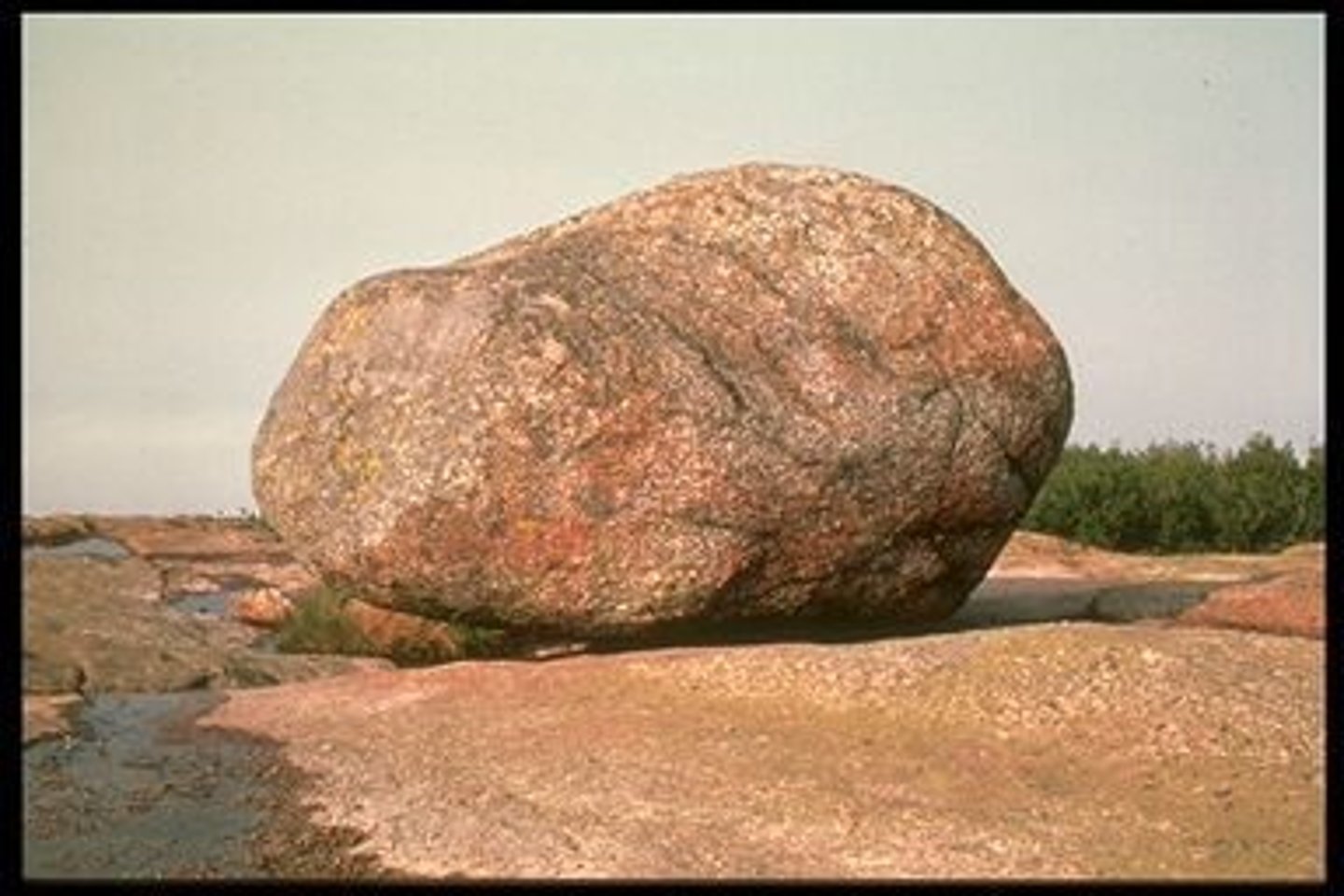
Esker
long ridge of material deposited by a meltwater stream flowing beneath a glacier
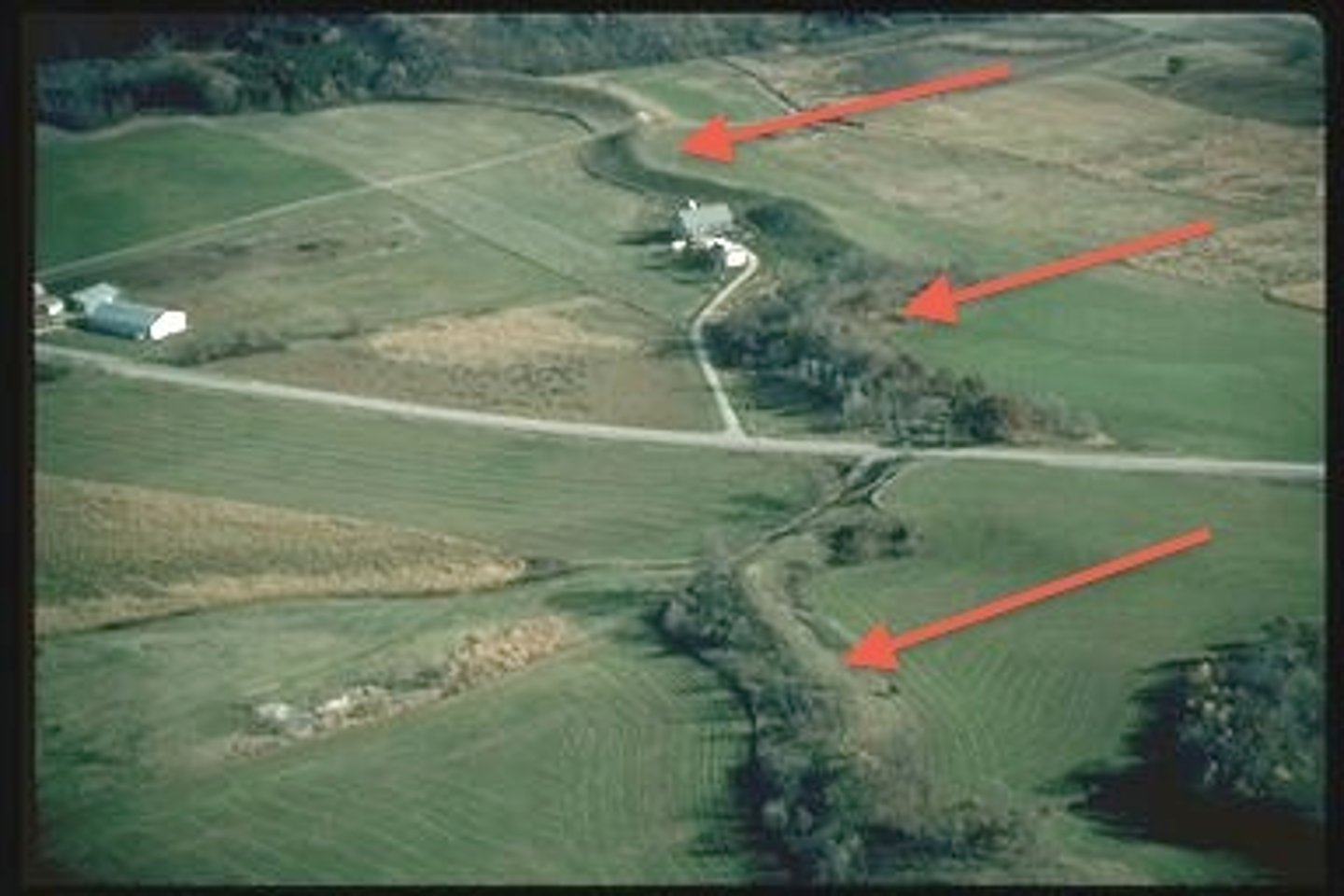
Fjord
flooded glacial valley
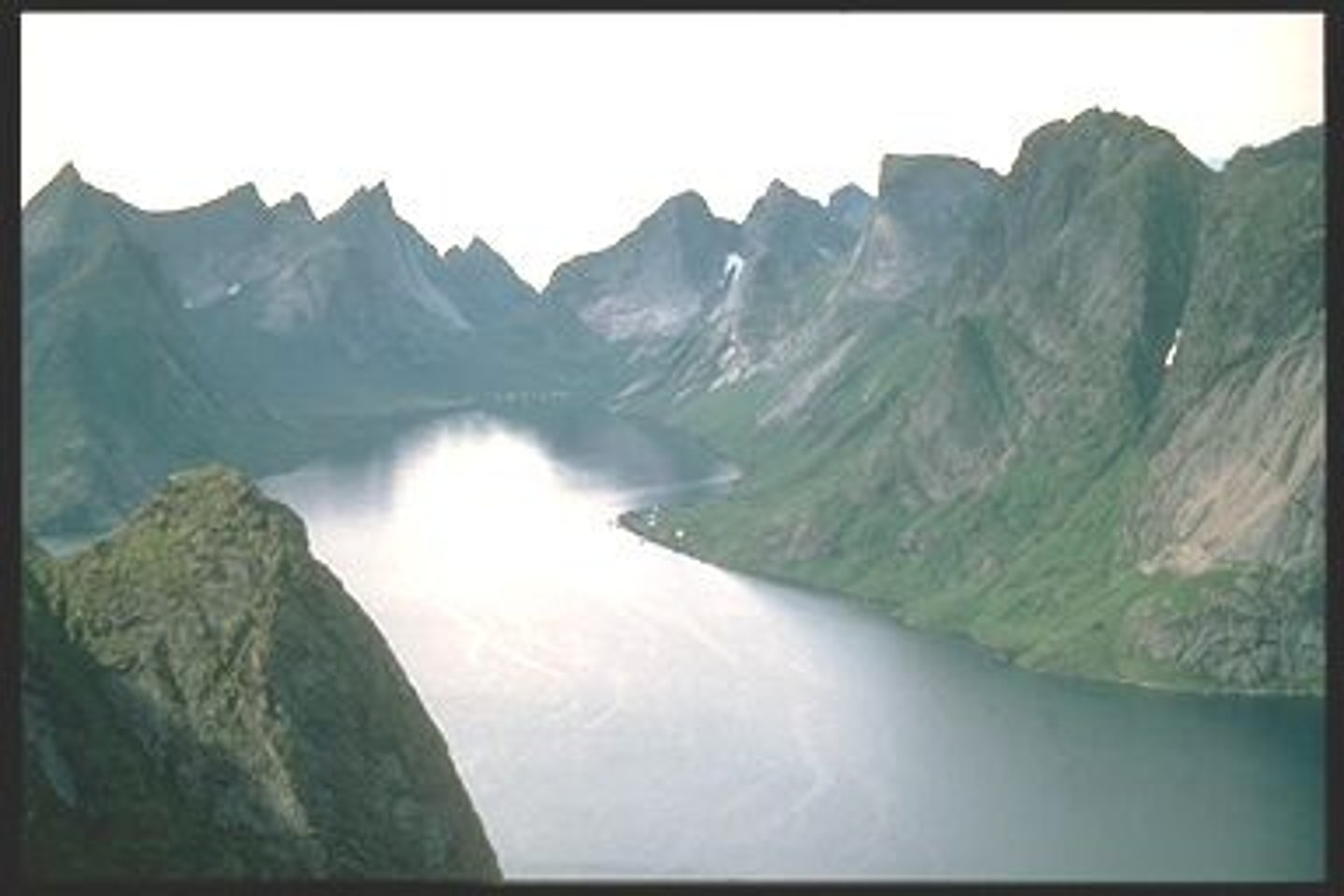
Hanging Valley
A valley left by a melted tributary glacier that enters a larger glacial valley above its base, high up on the valley wall.
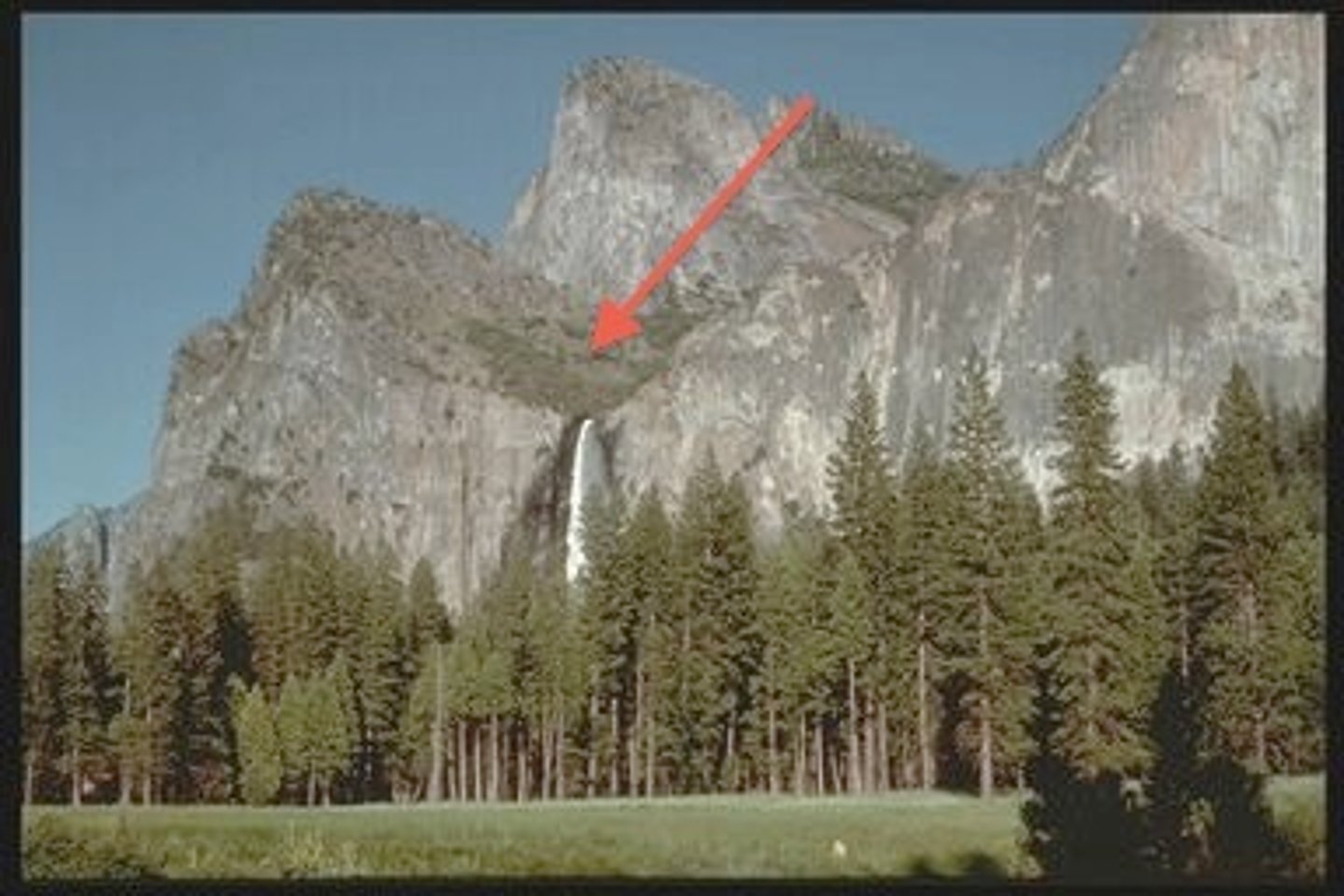
Horn
a pyramid shaped peak created by three or more cirques
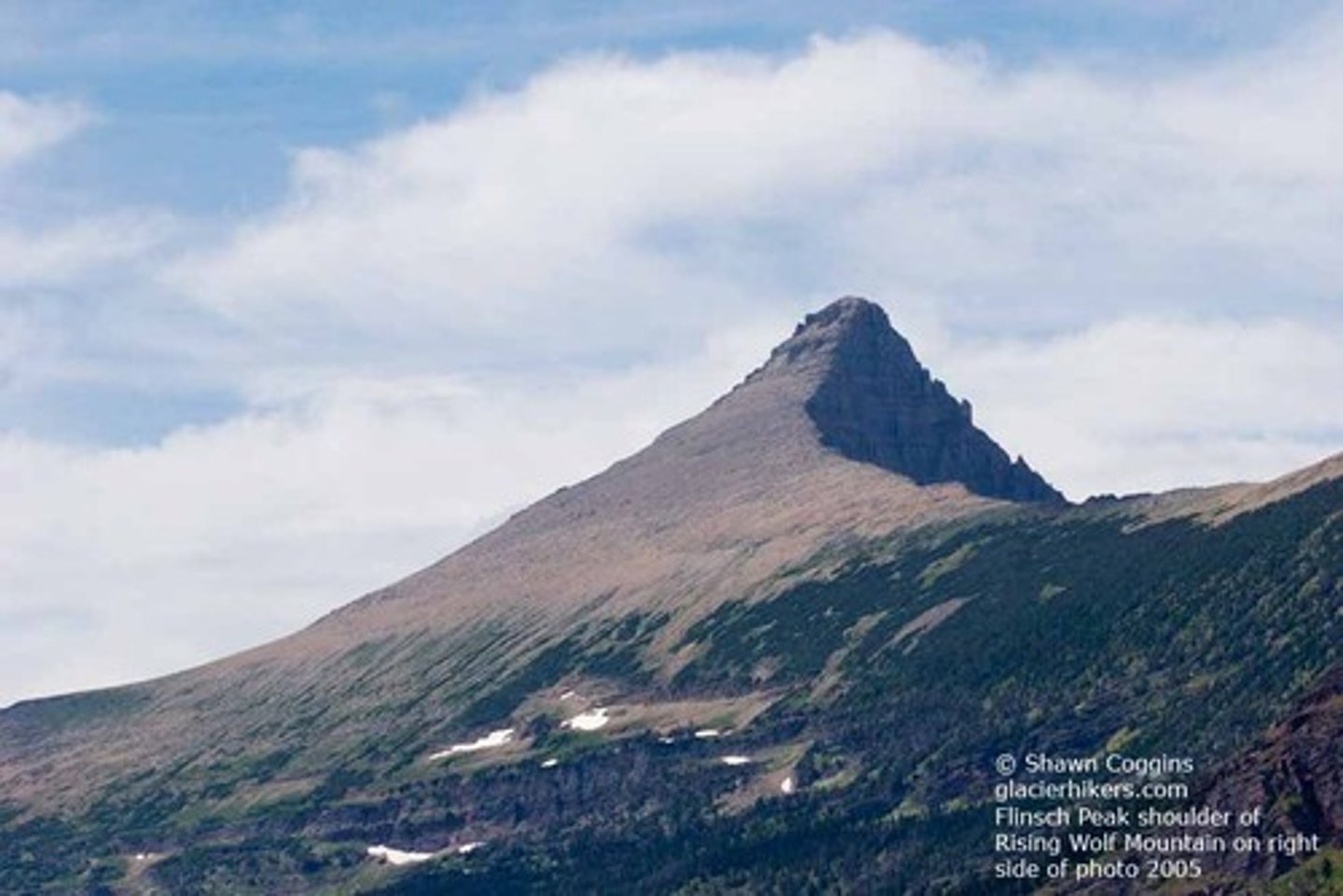
Ice Cap
a dome shaped mass of ice that covers less than 50,000 square miles
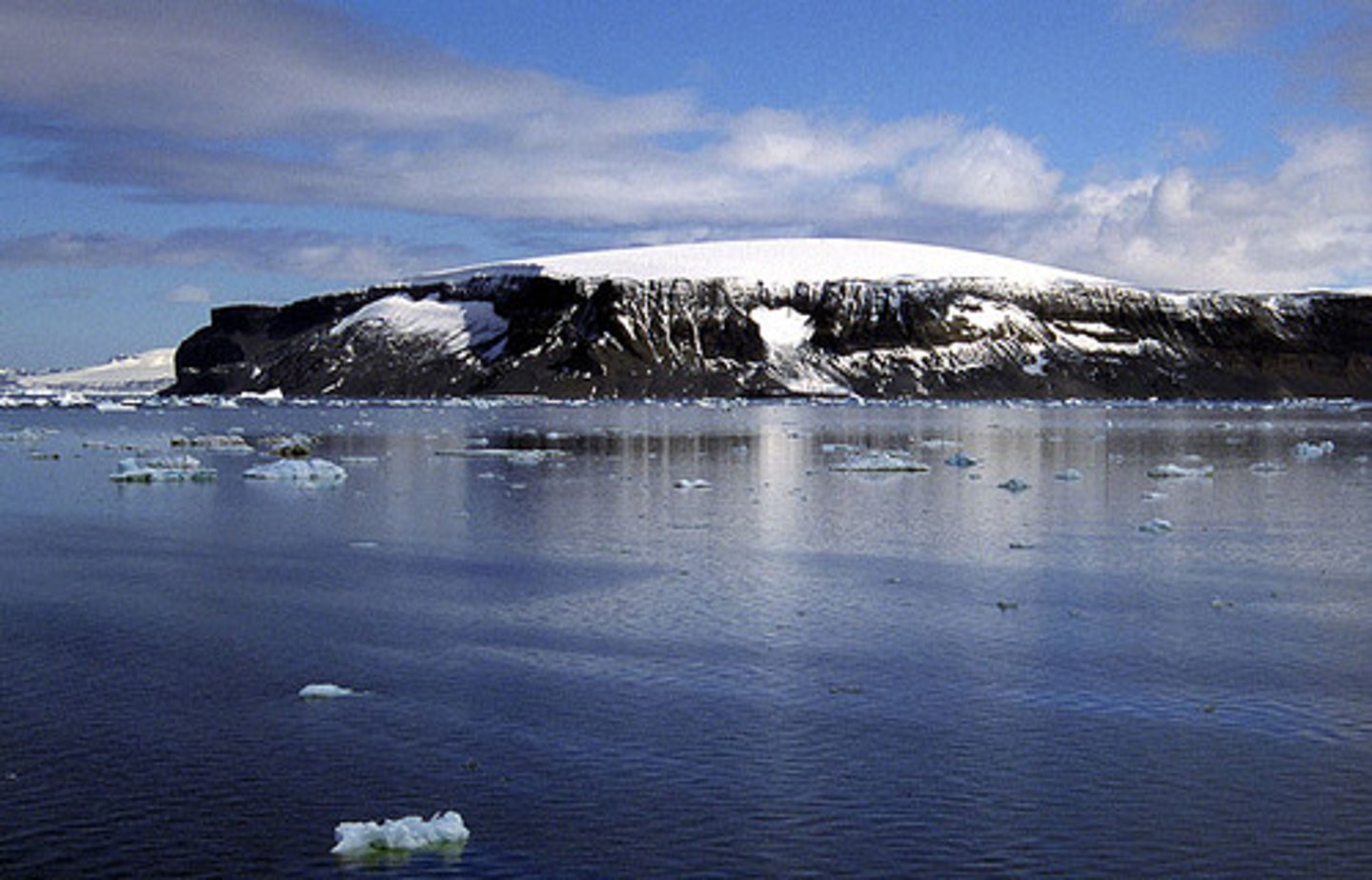
Ice Shelf
A thick, floating platform of ice that forms where a glacier or ice sheet flows down to a coastline and onto the ocean surface.
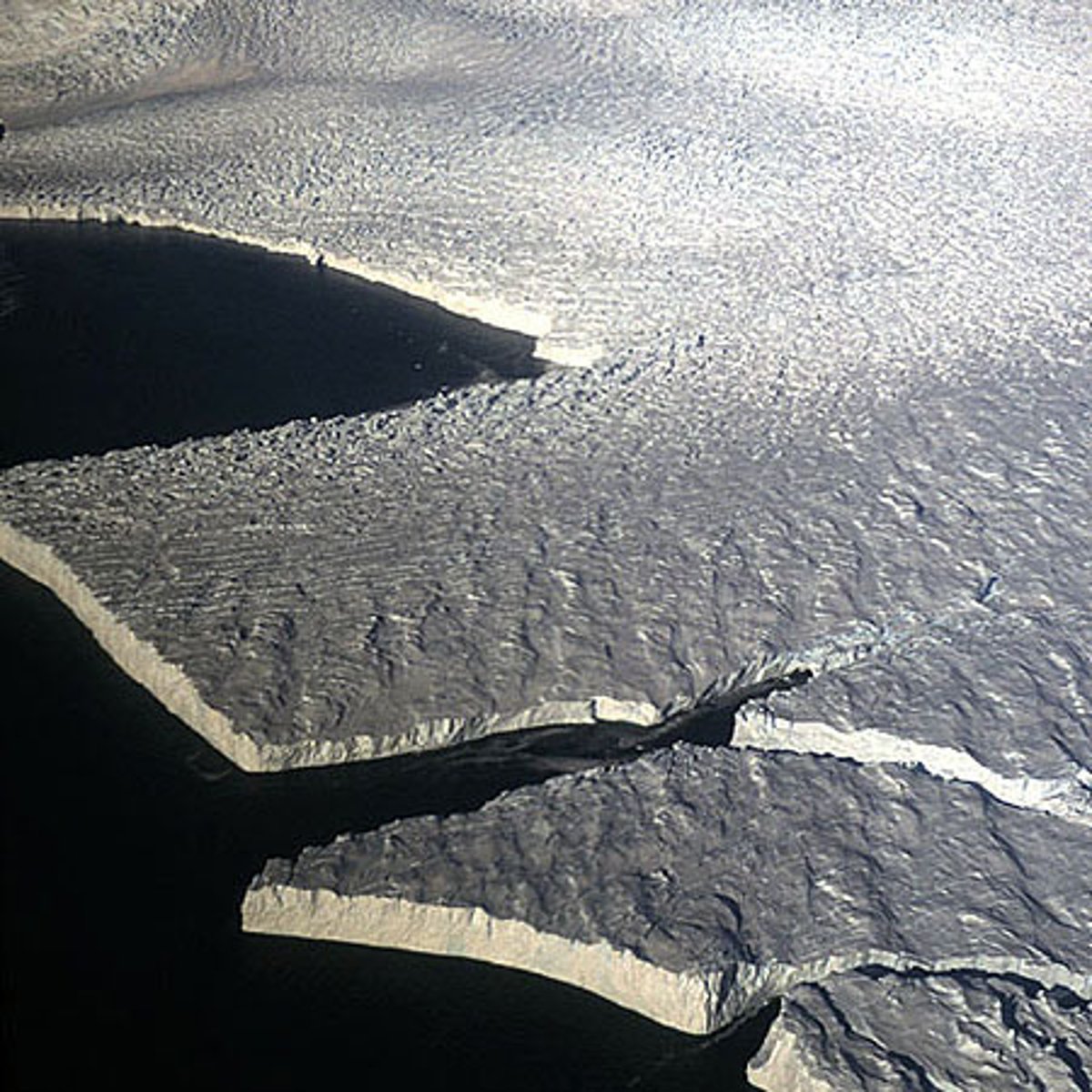
Kettle Pond
a kettle that is filled with water
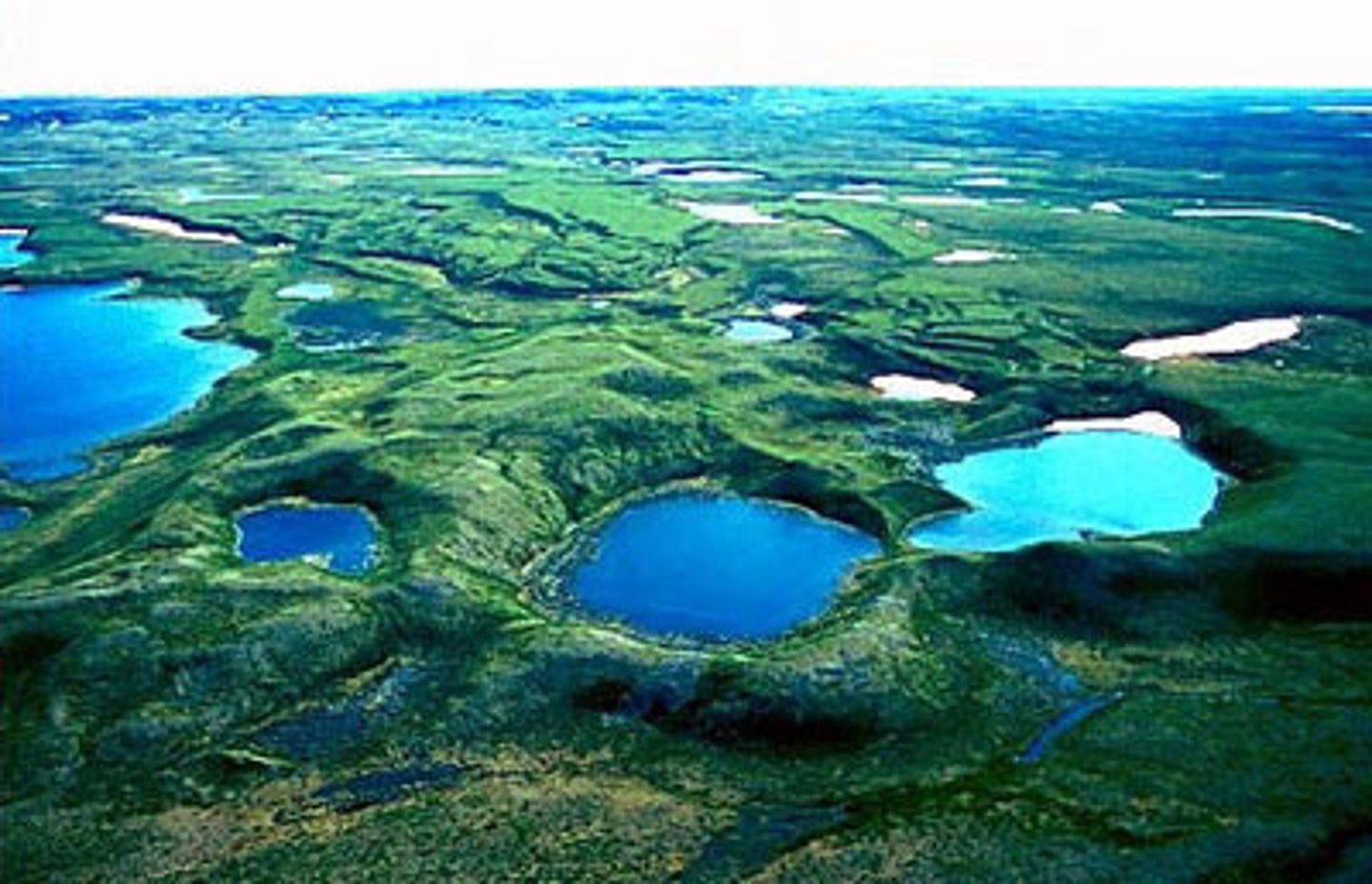
Lateral Moraine
moraine that forms along the side of a glacier
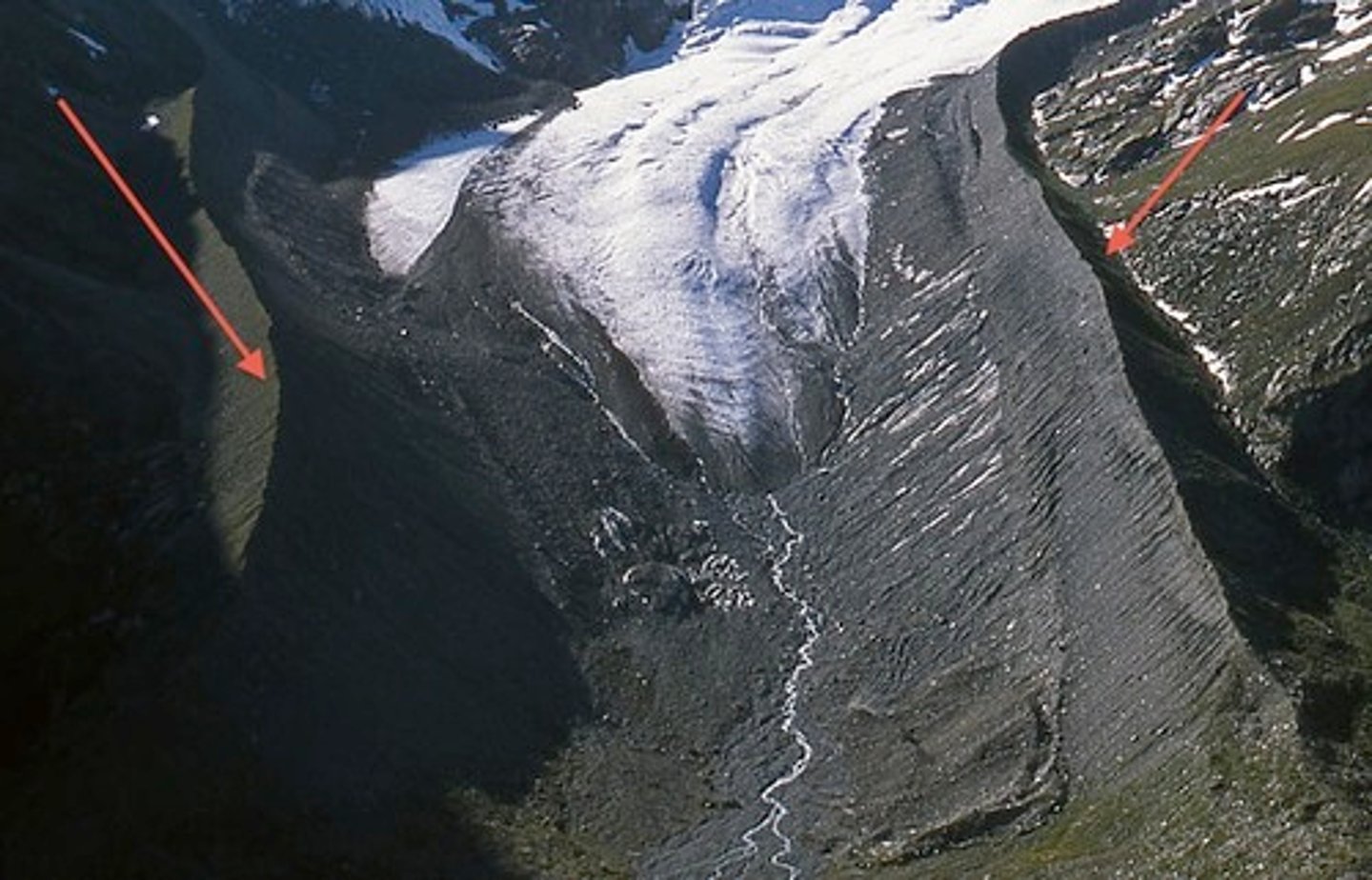
Medial Moraine
A moraine formed when two advancing valley glaciers come together to form a single ice stream, forms in the middle of the glacier
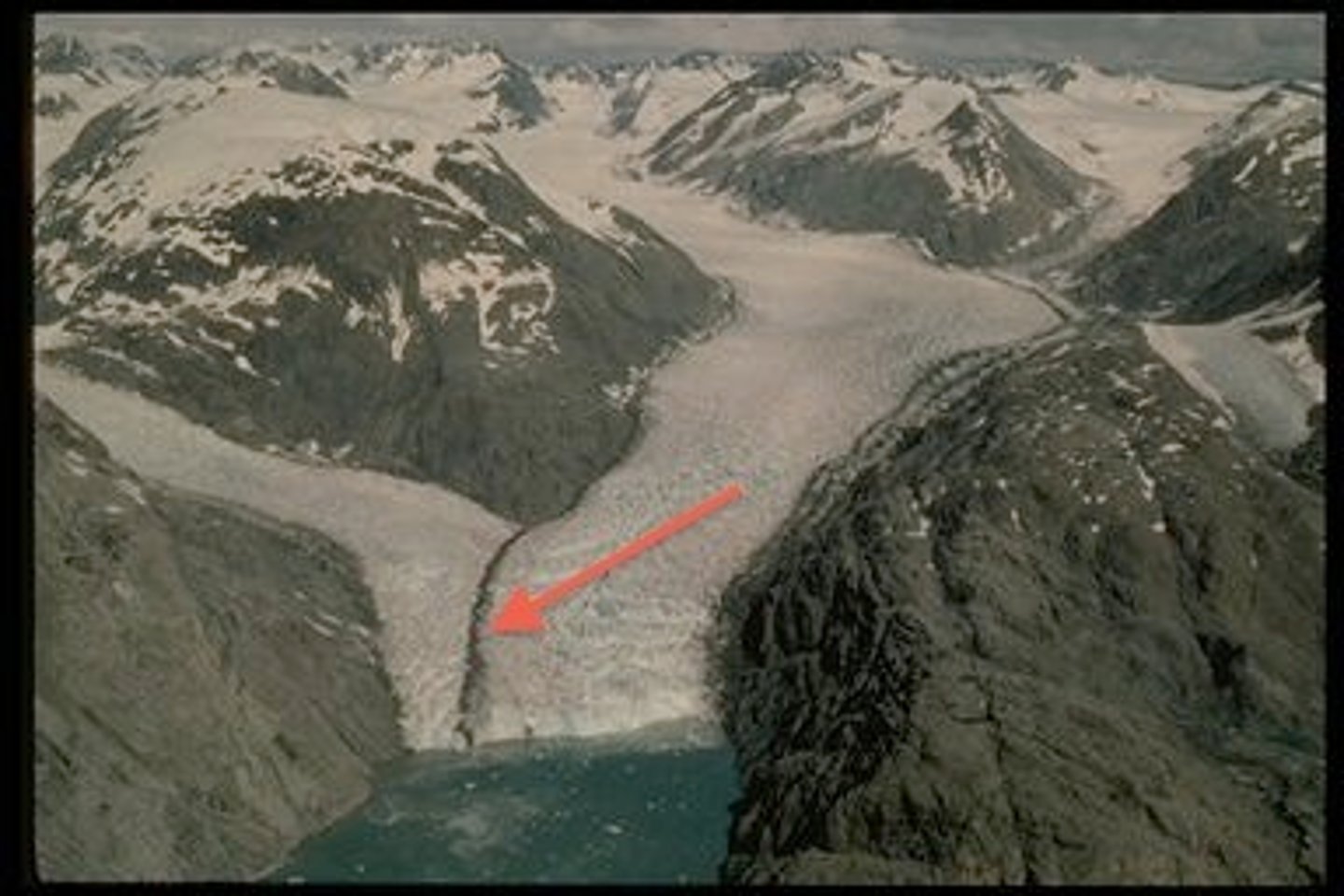
Moulins
A cylindrical, vertical shaft that extends through a glacier and is carved by meltwater from the glacier's surface.

Outwash Plains
The area ahead of a glacier where all of the glacial rivers alluvial fans combine.
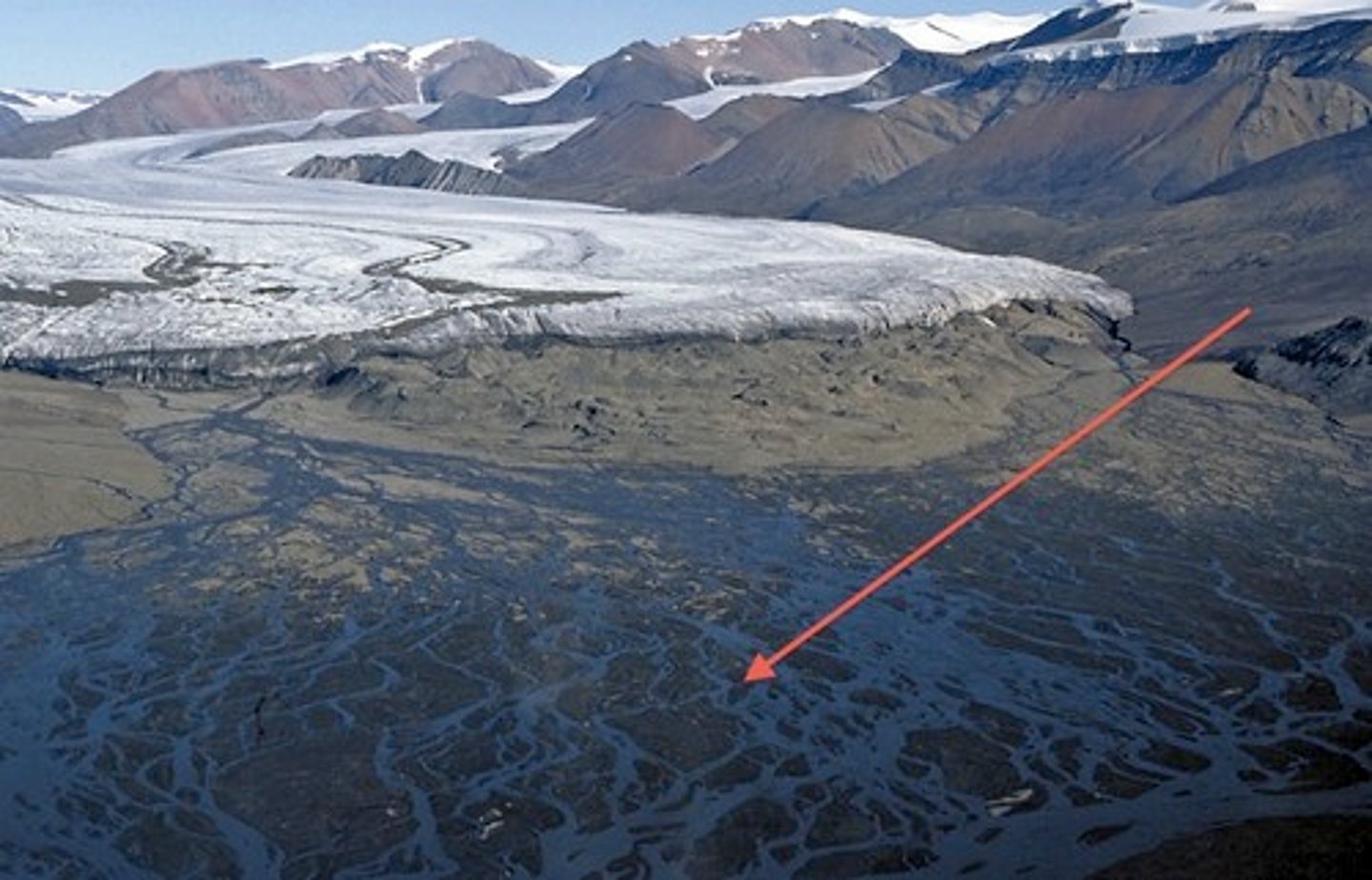
Snow line
The elevation above which snow remains all year long
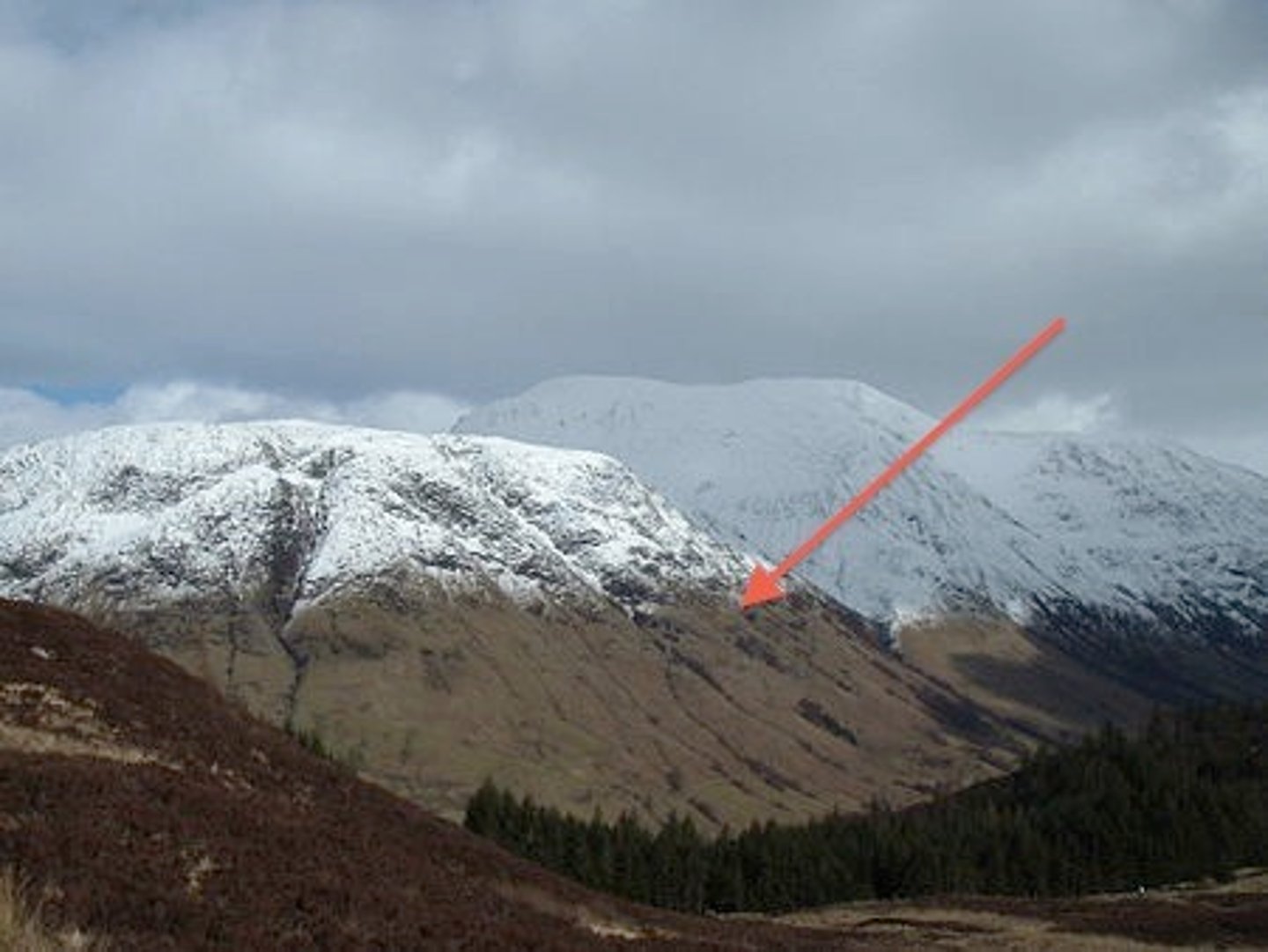
Striations
Scratches left on rocks and bedrock by glacier movement

Glacial Valley / Trough
U-shaped valley formed by the erosion of the glacier
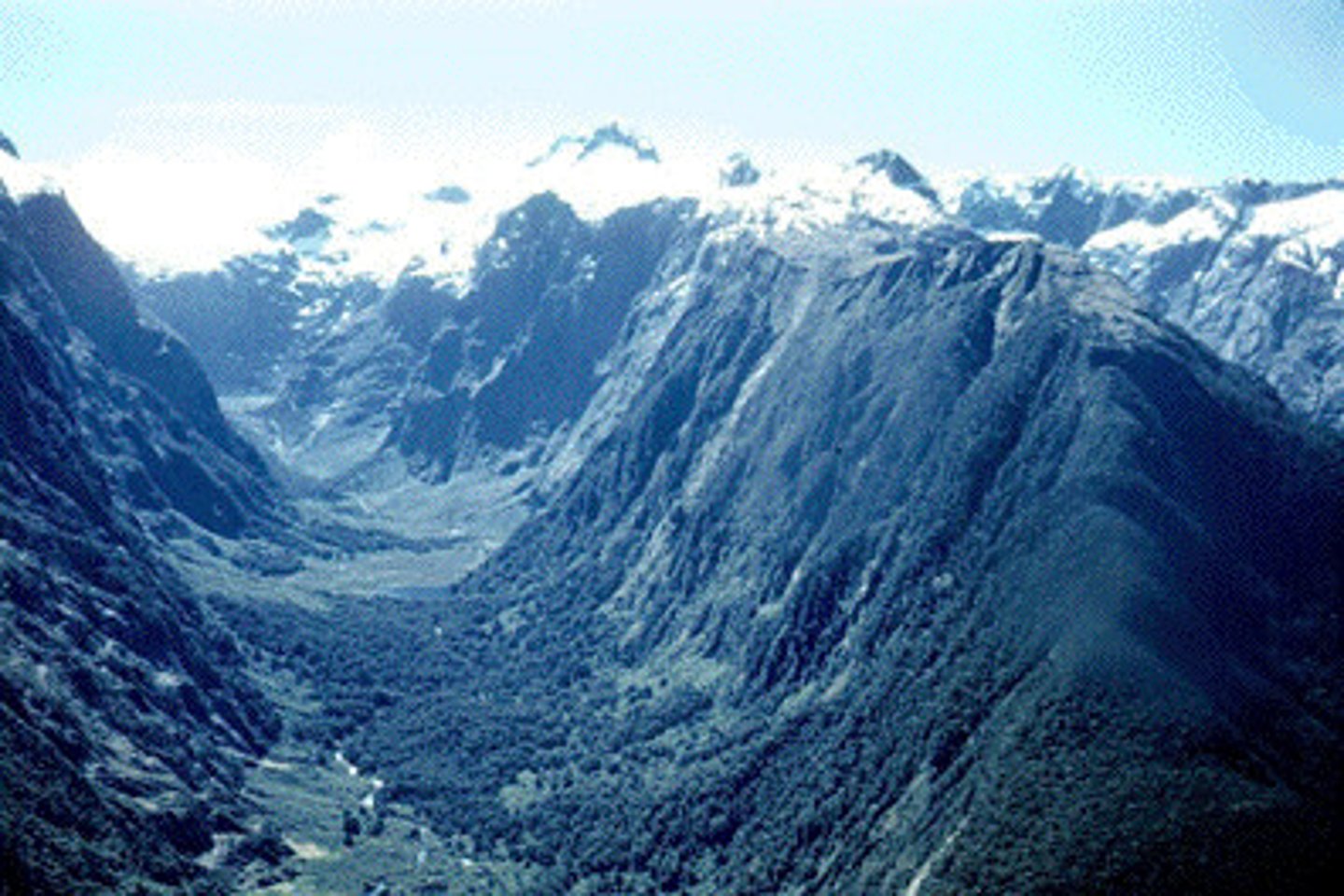
End Moraine
The edge of the glacier marking its maximum advance
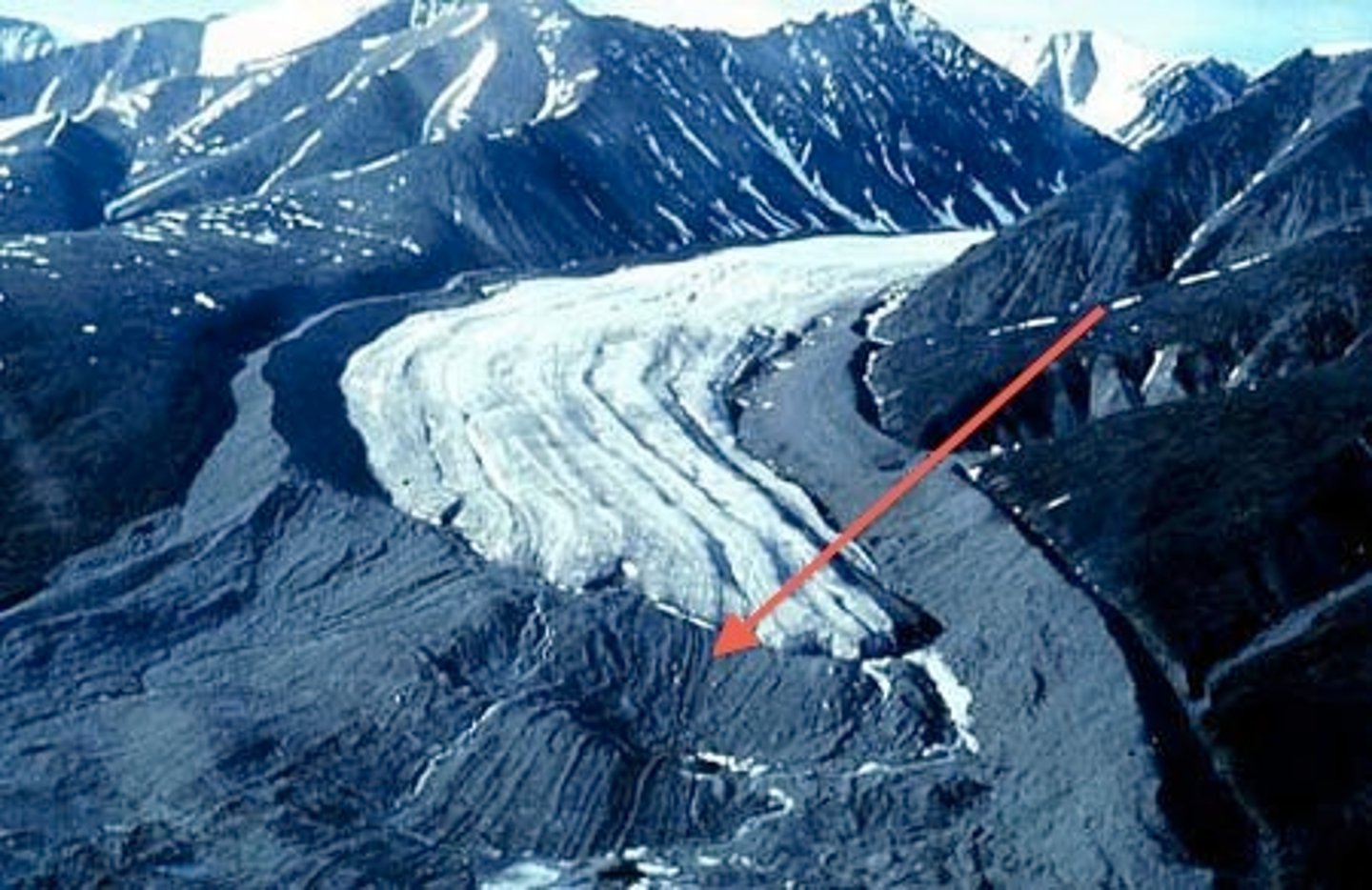
Kettle
A small depression that forms when a chunk of ice is left in sediment and then melts
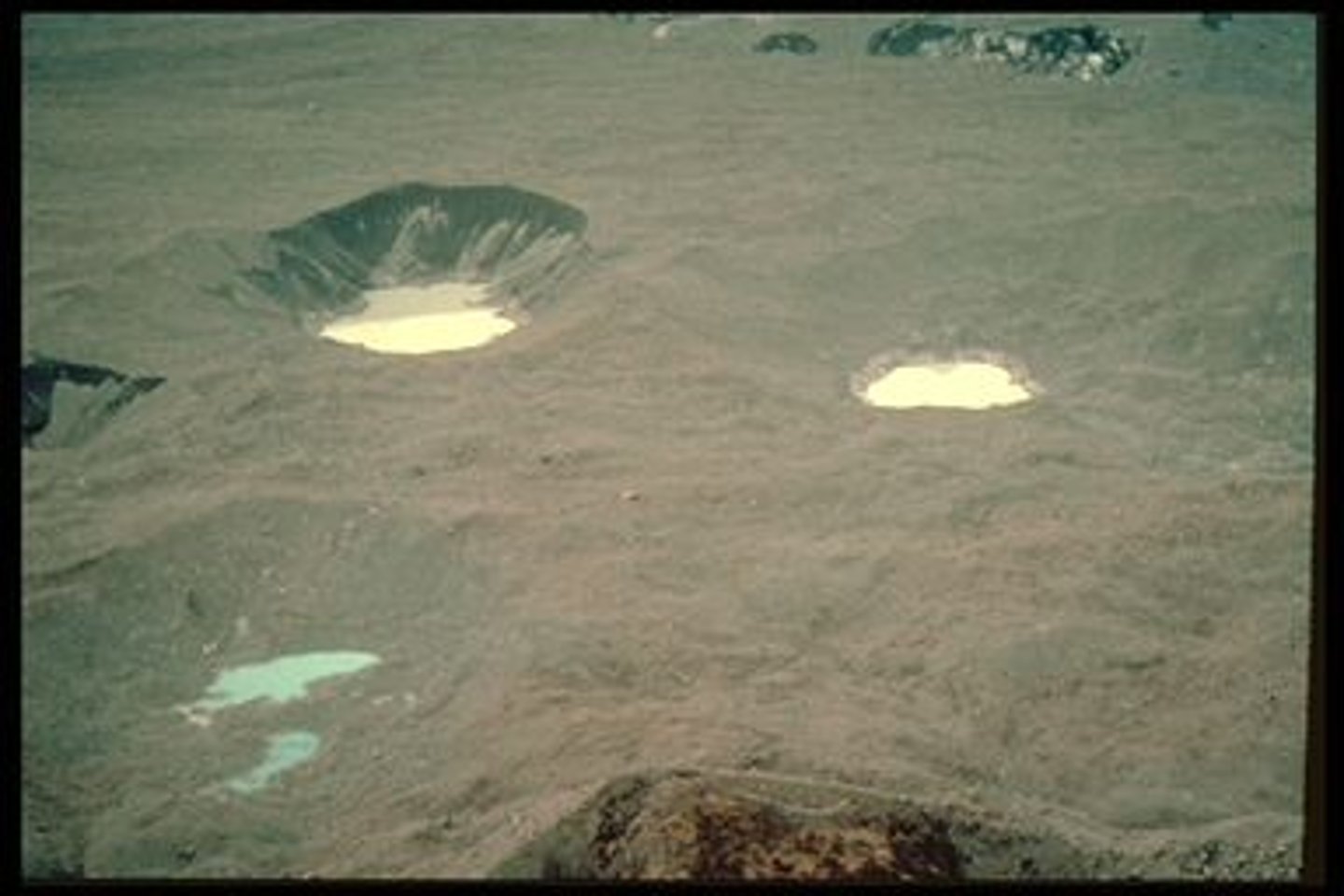
Glacial flour/ Rock Flour
Smallest size of sediment that is responsible for the milky, colored water in the rivers, streams, and lakes that are fed by glaciers.
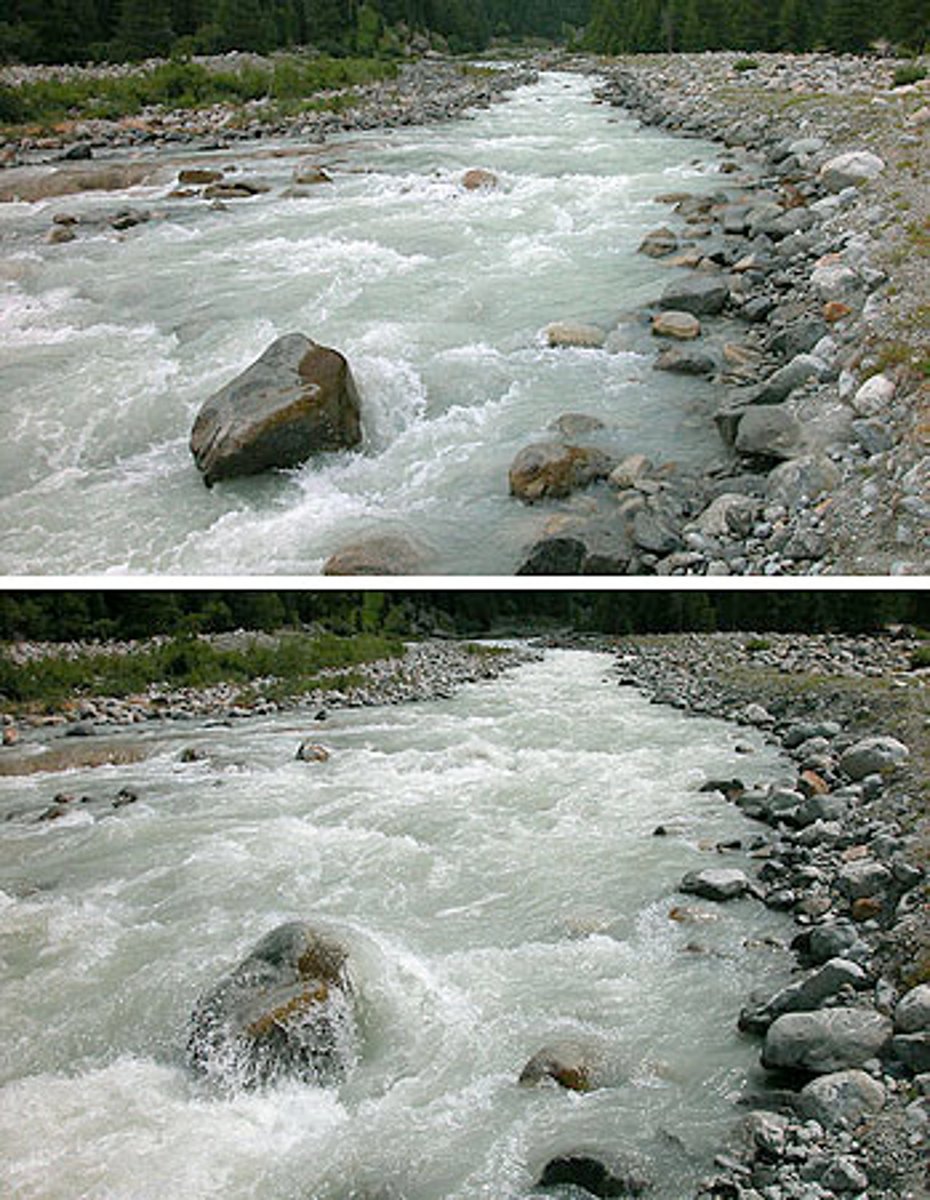
Till
Sediment deposited by a glacier

axial precession (wobble)
The direction Earth's axis of rotation is pointed
Obliquity
The angle Earth's axis is tilted with respect to Earth's orbital plane
eccentricity
The shape of Earth's orbit
continental glacier
Dome shaped glacier of at least 50,000 square miles
drop stone
fragments of rock that have dropped from an overlying floating ice sheet and that have sunk into and depressed the layers beneath them.
Firn
partially compacted granular snow that is the intermediate stage between snow and glacial ice.
glacial advance
when a mountain glacier's terminus extends farther down valley than before. usually associated with glacial periods (ice ages).
glacial retreat
a glacier that loses more water than it gains. usually associated with interglacial periods (warm periods).
glacier
A large, dense body of ice that is constantly moving due to its own weight
Ice Age
A period of time lasting tens of thousands of years, where Earth's temperature drops very low and the polar ice caps and glaciers grow toward the equator.
Ice raft
The transportation of rocks and sediments of any size, by icebergs, ice flows, or any other form of floating ice.
glacial period (ice age)
times with large ice sheets
interglacial period
times without large ice sheets
Louis Agassiz
the father of glaciology
Milankovitch cycles
changes in Earth's position relative to the Sun that are believed to be a strong driver of Earth's long-term climate, and are responsible for triggering the beginning and end of glaciation periods (Ice Ages).
Moraine
Mound, ridge, or other distinct accumulation of glacial till, usually pushed by the glacier.
recessional moraine
when a glacier has begun to recede, but then moves forward again, without ever reaching its farthest point.
terminal moraine
marks the farthest forward progression of
the glacier.
rigid zone
the upper brittle zone (top 130 ft) of a glacier where the ice cracks into crevasses
zone of plastic flow
the lower section (deeper than 130 ft) of a glacier that behaves like a plastic
zone of accumulation
the part of a glacier that receives more mass by accumulation than loses by melting (above the snow line)
zone of wastage
The area on a glacier where there is a net loss of snow and ice (below the snow line)